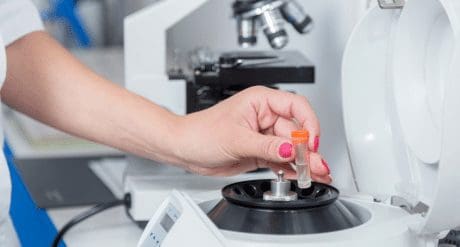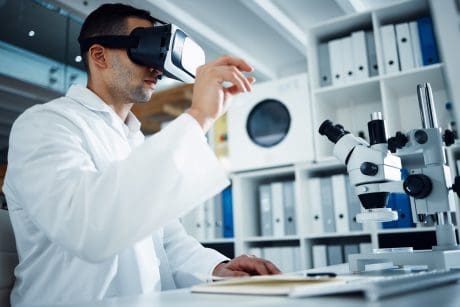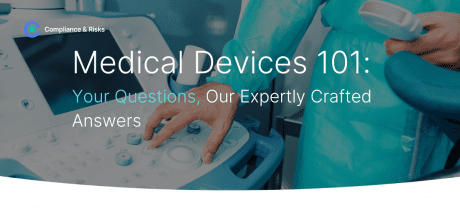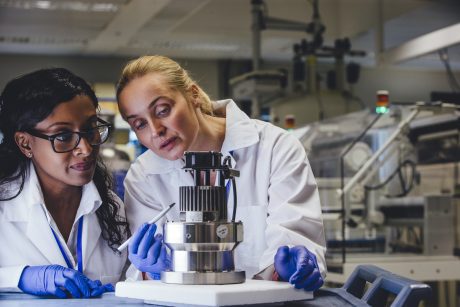
Medical Devices 101 | Your Questions | March 2023
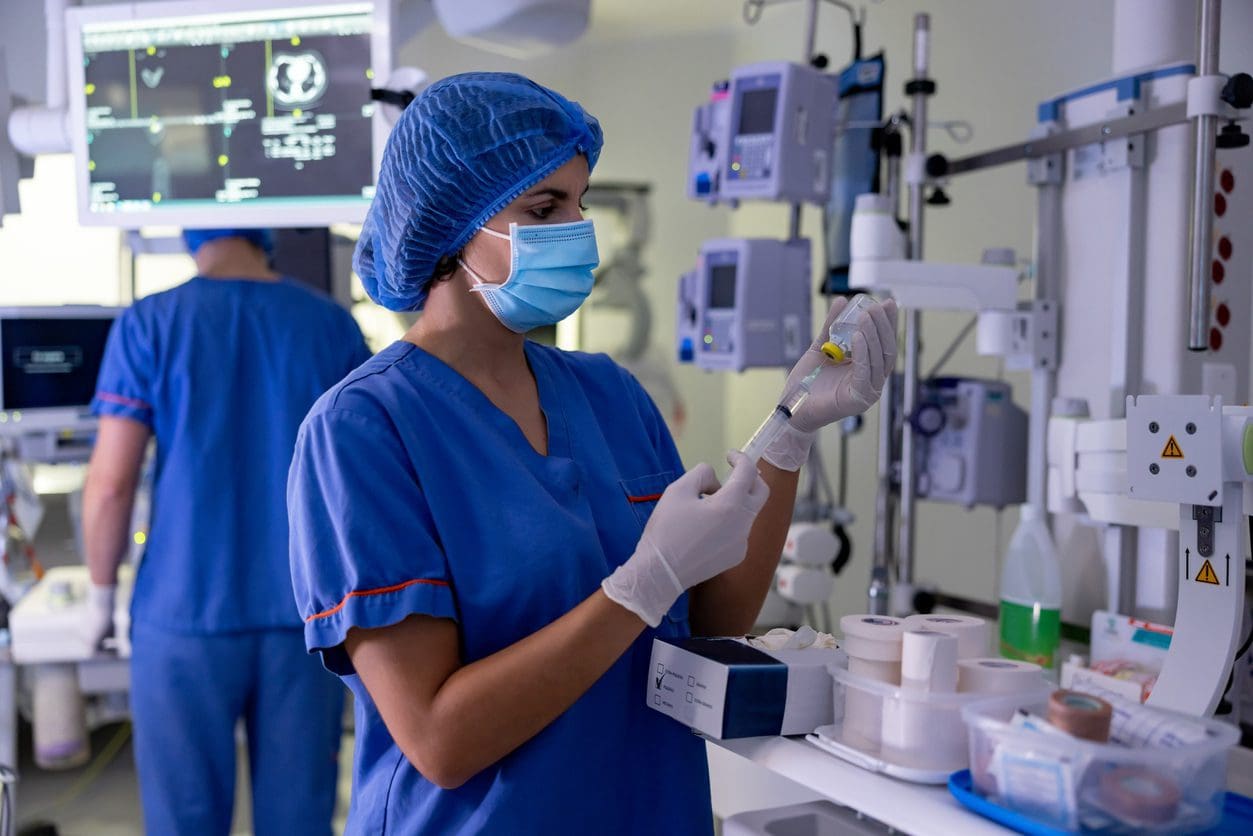
Medical devices face a unique regulatory landscape that has been increasingly complicated by several factors in recent years.
The demand for more sustainable technology is being driven by both consumer demand and legislators, leading to regulatory implications. Global events such as Brexit and COVID-19 have also created unprecedented challenges.
As devices become increasingly integrated with artificial intelligence and an internet connection, new cybersecurity and data protection legislation is racing to keep up.
And on top of all this, the new regulatory framework for IVDR and proposed amendments for the registration, and inspection of medical devices under MDR means staying ahead is more critical than ever.
In our new series, we gather some of the most interesting recent inquiries from Compliance & Risks customers regarding the medical device regulatory updates globally:
Question 1: In Saudi Arabia, it is sometimes required to put a palm tree on the package of an in vitro diagnostic. Can you help me find out when this is the case?
Freida Gubbins, Senior Regulatory Compliance Specialist answers:
“Made in Saudi logo” is part of a program designed to promote Saudi Arabian products, as such it is a voluntary scheme. You can find further information on the label’s English website here.
Otherwise, Saudi Arabia is yet to approve packaging labeling requirements, as set out in “Saudi Arabia: Packaging, Draft Technical Regulation, October 2022”.
Lastly, details on labeling requirements for in-vitro diagnostic devices and medical devices can be found in the following sources in C2P;
- Saudi Arabia: Importation Requirements of Non-Medical In-Vitro Diagnostics, Guidance Document MDS-G16, Version 2.0, May 2018
- Saudi Arabia: Guidance for Overseas Manufacturers, Guidance Document MDS-G4, January 2013
- Saudi Arabia: MDS-G10 Guidance on Labelling Requirements for Medical Devices, Version Number: 1.0, Guidance, January 2015
In the relation to using the Saudi Made logo then there is an eligibility check on the official website for use of the logo.
- The first question is whether the products are grown, extracted, or produced in Saudi Arabia.
- The second question is about the sector the company operates in. The sectors are the following: Chemicals & Polymers, Building Materials, Electronics, Electrical Devices and Equipment, Infrastructure & Heavy Equipment, Automotive & Transport, Textile, Paper & Wood, Packaging, Precious Metals & Jewelry, Minerals & Glass, Non-food Consumer Goods, Processed Food and Beverages, Pharmaceuticals & Medical Supplies, Fresh Foods & Products, Handicrafts, or Furniture.
- The third question is whether the company has a valid license to operate in the Kingdom.
The answer needs to be “yes” to all three questions, to affix the label to products. The eligibility check can be found here.
Lastly, you may find Annex 4 of “Saudi Arabia: Guidance on Requirements for Medical Device Listing and Marketing Authorization, MDS – G5, 2020”, useful as it contains IVD technical documentation, packaging, and labeling requirements.
Question 2: Does the France decree 2022-748 apply to electronic equipment that is a medical device? What about a delivery device that is electronic equipment that is part of a medicinal product, is that in scope?
Regulation: France: Consumer Information on the Environmental Qualities and Characteristics of Waste-generating Products, Decree No. 2022-748
Denise McDermott, Senior Regulatory Compliance Specialist answers:
Decree 2022-748 concerns producers, importers distributors, or other marketers of waste-generating products intended for consumers, including those using a website, a platform, or any other online distribution channel as part of their commercial activity in France.
Article 1 of Decree No.n 2022-748 made some changes to de Environment Code and item IV states:
“IV. – The consumer is informed about the use of renewable resources for the construction products or materials mentioned in Article L. 541-10-1 and subject to an environmental declaration under the conditions provided for in Article R. 171-17 of the Construction and Housing Code.”
Article L. 541-10-1 mentions the following;
“9° The piercing medical devices used by patients in self-treatment and users of the self-tests mentioned in Article L. 3121-2-2 of the same code, including, from 1 January 2021, electrical or electronic equipment associated with such a device and which are not subject to 5° of this article;
…The technical aids mentioned in article L. 245-3 of the code of social action and families, apart from those which come under the principle of extended producer responsibility under another category, may also come under the principle of extended producer responsibility under the first paragraph of I of article L. 541-10 of this code. In this case, a decree sets the categories of products concerned and the provisions of Article L. 5212-1-1 of the Public Health Code apply to these technical aids when they have the status of the medical device.
However, item VI on Decree No. 2022-748 that states:
“The consumer information on recyclability applies to the product categories mentioned in 1, 3, 5, 5, 6, 7, 10, 11, 12, 13, 14, and 15 of Article L. 541-10-1.”
Therefore, as per the letter of the law, it does not seem to apply to medical devices and their electrical and electronic equipment parts.
The FAQ Document was last updated by the French Ministry for Ecological Transition and Territorial Cohesion on 04 January 2023, and provides additional guidance on the obligations set out under Decree No. 2022-748 on Consumer Information on the Environmental Qualities and Characteristics of Waste-generating Products. This can be found in C2P under France: Consumer Information on the Environmental Qualities and Characteristics of Waste-generating Products, Frequently Asked Questions, December 2022.
Please also refer to our whitepaper on Environmental Labeling Requirements in France on the Compliance and Risks website.
Question 3: In the frame of the registration of software for IVD’s in Mexico, we are looking for the regulatory requirements for registration. Would you be able to guide us to the correct documents?
Denise McDermott, Senior Regulatory Compliance Specialist answers:
In Mexico, medical devices and In-Vitro Diagnostic (IVD) devices are regulated by Federal Commission for Protection from Sanitary Risks (COFEPRIS). Software is not well defined, however, but the following regulations should be considered for software:
Agreement for Low Risk and Non-Regulated Medical Devices Listing from 2011 and 2014, which can be found in C2P under ‘Mexico: List of Health Products Considered as Low Risk to Obtain Health Registration, Agreement, December 2011’, and ‘Mexico: List of Low-Risk Health Supplies that are Not Subject to Sanitary Registration, Agreement, 2014’. As per these regulations, software is considered accessories or components that are part of a medical equipment or system, which by themselves do not require Sanitary Registration and may be included with the corresponding equipment.
Other regulations to consider are General Health Law (in C2P as Mexico: General Health Law, 1983), which is the overarching regulatory framework for medical devices, Health Supplies Regulation (in C2P as Mexico: Health Supplies, Regulation), Mexico standards, particularly NOM-241-SSA1-2012- Good Manufacturing Practices, NOM-137-SSA1-2008-Labeling of Medical Devices (both in C2P), and the Mexican Pharmacopoeia may also be helpful.
Question 4: Is the medical prescription or the presence of the audiologist or the presence of the doctor required to sell hearing aids in Italy, Germany, France, Portugal, UK, Brazil, Chile, Mexico, Netherlands, Austria, Canada or Perù?
Denise McDermott, Senior Regulatory Compliance Specialist answers:
Regulations for hearing aids without a medical prescription, audiologist, or doctor or OTC (Over-the-counter) hearing aids, exist in the USA. In the USA, the Food and Drug Administration (FDA) issued the new rule on hearing aids creating a new regulatory category of over-the-counter (OTC) hearing aids that people can buy directly from retailers without a prescription (In C2P; USA: Medical Devices, 21 CFR 800, 801, 808, and 874; Establishing Over-the-Counter Hearing Aids, Rule, 87 FR 50698, August 2022).
For the manufacture of hearing aids elsewhere and dependent on the precise device description, manufacturers must follow the medical device regulations of that country. For example in the EU, hearing aids are Class IIa medical devices, in Canada ‘Hearing-Aid, Air-Conduction’ and ‘Hearing Aid, Group and Auditory Trainer ‘ are class 2 and and ‘Hearing Aid, Implanted Bone Conduction’ is class 3. In the UK, hearing aids are classified as Class IIa medical devices and regulated by the Medicines and Healthcare products Regulatory Agency (MHRA). In Australia, hearing aids (behind-the-ear, air-conduction) are Class IIa medical devices.
Question 5: Please let me know if there are any laws and regulations regarding the sale and use of X-ray inspection equipment for veterinary medicine in Texas.
Denise McDermott, Senior Regulatory Compliance Specialist answers:
The FDA has regulatory oversight over devices intended for animal use throughout the USA. Pre-market Approval is not required for devices intended for animal use. Device manufacturers who exclusively manufacture or distribute animal devices are not required to register their establishments or list animal devices with FDA and are exempt from post-marketing reporting. It is the responsibility of the manufacturer and/or distributor of these articles to assure that these animal devices are safe, effective, and properly labeled. Adverse drug experiences and product defects associated with animal devices should be reported to FDA using Form FDA 1932a.
An animal device that is also a radiation-emitting electronic product, such as an MRI device intended for animal use, must comply with all requirements for animal devices in addition to applicable requirements for radiation-emitting electronic products in 21 CFR 1000 – 1050. FDA’s Center for Devices and Radiological Health (CDRH) is responsible for regulating radiation-emitting electronic products.
For further information on CDRH regulations that apply to manufacturers of electronic products, visit FDA’s website on Radiation Emitting Products. Manufacturers and/or distributors of animal medical devices may request a review of their product labeling and promotional literature to ensure that it complies with the Act by emailing AskCVM@fda.hhs.gov.
This includes devices marketed in another country and offered for importation into the U.S. Specifically for Texas, Texas Veterinary Regulations can be found here. Chapter 571 of the Texas administrative code covers Licensing and chapter 573 covers rules of professional conduct. Rule 573.15 of the Texas administrative code covers the use of ultrasound in diagnosis or therapy.
Stay Compliant With Global Medical Device Regulations:
Catch up on our latest medical device updates with your coffee here:
- IVD Regulations In The EU
- IVDR Regulatory Compliance: What are your IVDR and product blindspots?
- IVDR Compliance: What You Need To Know
- Regulatory Developments in Medical Devices: A Review of Recent Legislation
Register for our on-demand webinar for a regulatory update on the medical devices industry here.
Recap on other recent Medical Device questions.
Stay up-to-date with other questions submitted by your industry peers.
In January we had questions on Medical Devices with lead in USA and Designation of Priority Substances under K-REACH in South Korea. You can also catch up with our previous update from February 2023, where we provide answers regarding the latest Chinese Regulation for Companion Diagnostics and hearing aid batteries considered medical devices in Canada
Have you got a Medical Device related query?
Many of the above questions were submitted and answers were conveyed by Compliance & Risks customers via the “Ask Our Experts” button in C2P.
Clients use AOE to ask about the latest proposed, enacted, and amended regulations and mandatory standards applicable to their products and geographies of interest.
When AOE questions can be answered in 30 minutes or less, Compliance & Risks’ subject matter experts answer them at no charge!
To learn more about C2P and how Compliance & Risks SMEs can help you with your questions, contact us today.
Meet our Experts

Denise McDermott, Senior Compliance Specialist, Compliance & Risks
Prior to joining Compliance & Risks, Denise worked in the medical device industry for 13 years across a number of areas including regulatory affairs, post-market surveillance, customer complaints, quality, and technical support.
She has experience in several areas including IVDR, CE marking, labeling, legal documentation, customer and quality technical communications and regulatory risk assessments.

Freida Gubbins, Senior Regulatory Compliance Specialist, Compliance & Risks
Freida Gubbins is a senior Regulatory Compliance Specialist with the Global Regulatory Compliance Team.
Freida has a global knowledge of the following policy areas relating to electrical and electronic equipment, packaging, pressure equipment, other consumer products and textiles: climate change, chemical management, chemicals in products, circular economy, energy efficiency, EH&S, product safety, eco-design, WEEE, RoHS,
REACH, and the transport of dangerous goods.

